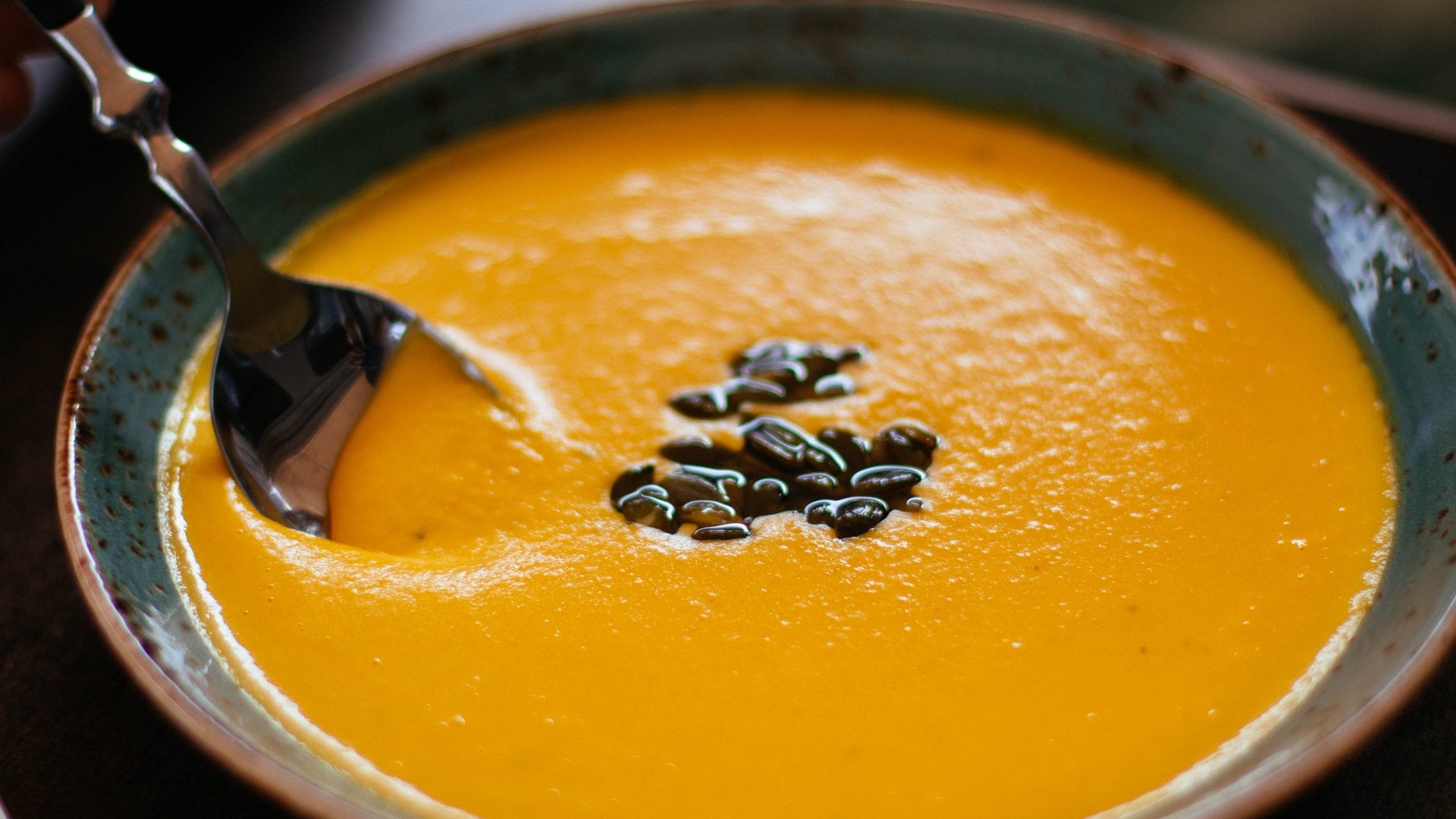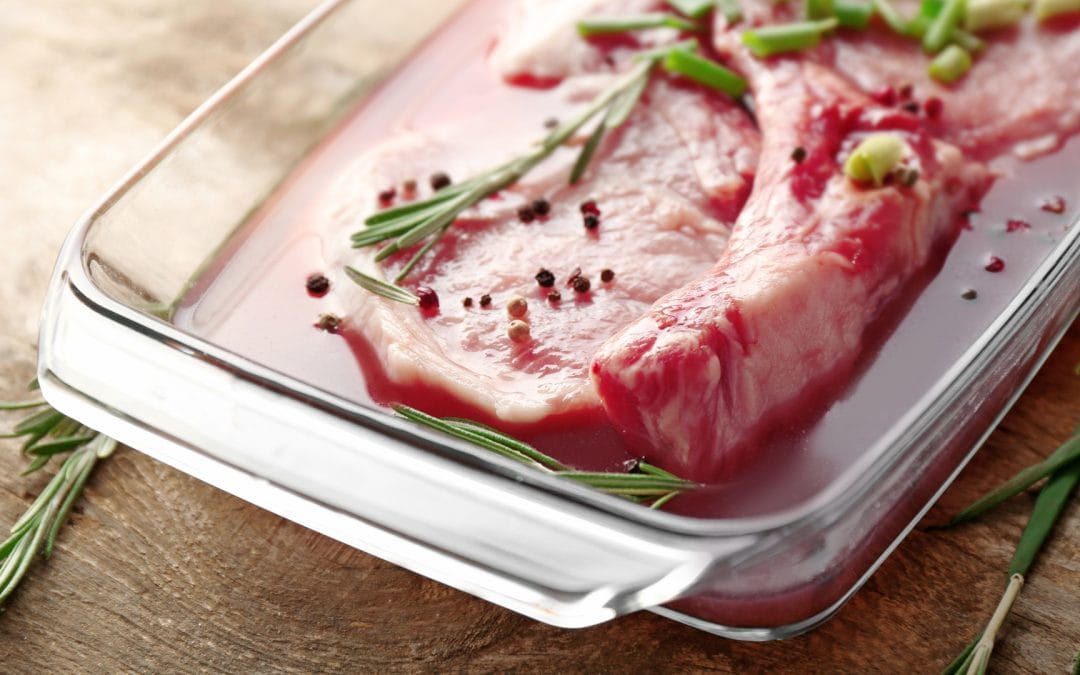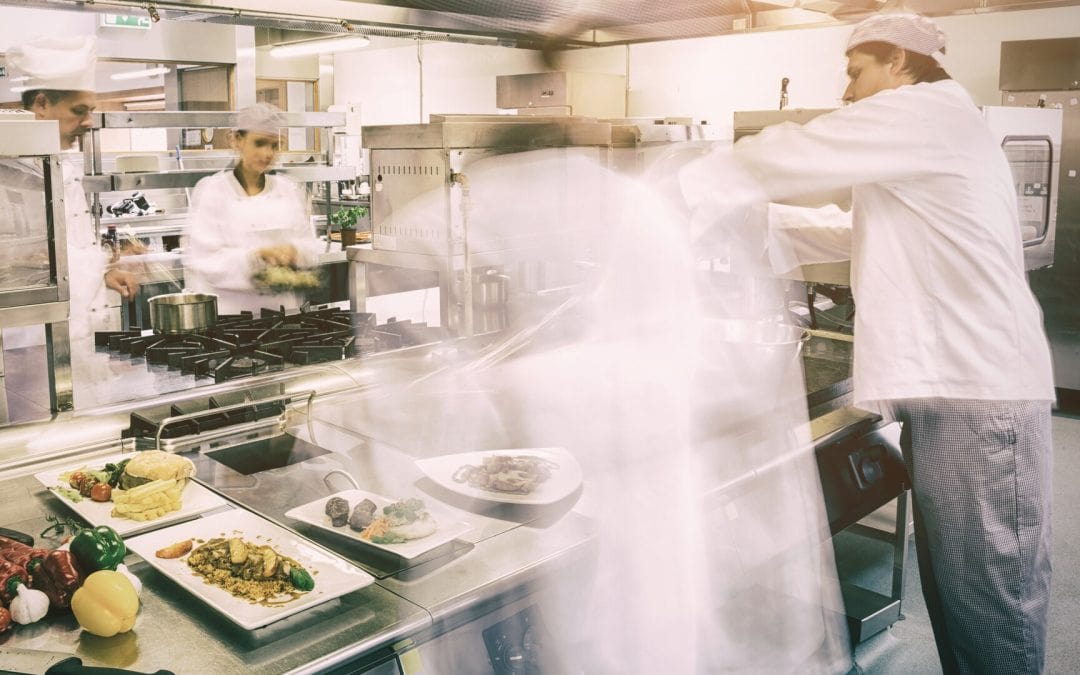Can You Vacuum Seal Liquids & What Is the Best Method?
Yes liquids, marinades, soups, and wet food can be vacuum sealed. The best method for vacuum sealing liquids depends on which type of vacuum sealer you are using but the easiest is to use a chamber vacuum sealer.
Putting wet foods and liquids in a chamber vacuum sealer is quick, easy, and doesn’t require much extra preparation whereas using a suction or clamshell style vacuum sealer like a FoodSaver is possible but requires the right technique.
The Best Method for Vacuum Sealing Liquid – Use a Vacuum Chamber
A chamber vacuum sealer works best as the pressure inside the vacuum bag reduces at the same rate as the internal pressure in the chamber. Because of this the liquid stays inside the bag instead of being sucked out of the opening.
Make sure the liquid inside the bag is cooled before using the vacuum chamber. As the pressure in the chamber reduces so does the boiling point of the liquid which can cause the liquid to boil out of the bag.
Learn more about vacuum sealing hot food ›
Pros
- No mess
- Chamber vacuum sealers require no wait time between seals
Cons
- Requires expensive commercial grade equipment
- Liquid should be cooled before vacuum sealing
For a fast & powerful chamber vacuum sealer see our review of the VacMaster VP215 ›
For a smaller & more user-friendly chamber sealer check out our review of the VacMaster VP200 ›
The Freeze Method
If you have a cheaper suction vacuum sealer then you can still vacuum seal liquids and marinades but it requires extra preparation.
Pour your liquid into the vacuum bag and place it upright in your freezer. Once the liquid is fully frozen through you can vacuum seal it like you would with dry food without the risk of causing any mess.
If you don’t have freezer space for standing the bags upright try the ice cube method below.
Pros
- Works with any vacuum sealer
- No mess
Cons
- Requires preparation/freezing time
- Takes up freezer space
The Ice Cube Method
If you’re vacuum sealing soup then pour it into a normal ice cube tray and place it in the freezer. Once the liquid is fully frozen pop the soup ice cubes out of the tray into a vacuum bag and vacuum seal it as you would normally.
Pros
- No mess
- Works with any vacuum sealer
Cons
- Requires preparation/freezing time
The Paper Towel Method
Take a piece of paper towel and fold it until you have a thin strip and place it inside the vacuum bag to create a DIY liquid dam. If you vacuum seal the bag carefully on a low setting, with the strip of paper towel inside, it will stop most of the liquid from being sucked into the vacuum sealer.
Pros
- Works with most suction vacuum sealers
- No preparation/freezing needed
Cons
- Not foolproof!
- Works best if machine has a low power or moisture mode
- Paper towel strip stays inside the bag after sealing so not suitable for sous-vide
The Gravity Method
You might need an extra pair of hands for this one as you need to hang the vacuum bag over the edge of the counter-top as you vacuum seal it. The liquid will stay at the bottom of the bag and away from the opening.
Having one person manning the controls and one holding and supporting the bag will make this one a lot easier. If you aren’t quick on the controls to stop the vacuum process at the right time things will get messy!
Pros
- No extra equipment needed
- Works with any suction vacuum sealer
Cons
- Requires an extra pair of hands to hold the bag.
- Not foolproof!
Cabela’s Liquid Blocker
The Liquid Blocker from Cabela’s is a small, adjustable strip of plastic that fits in the top of your vacuum bag and is designed to be used with suction clamshell style vacuum sealers.
Place the Liquid Blocker just above the food and vacuum seal the bag as you would normally. The plastic strip allows air to be pulled from the bag but acts as a dam, stopping water being sucked into the sealer.
The bag must be sealed above the blocker, trapping it inside, so you’ll need more than one if you plan on sealing multiple bags.
The plastic strip is reusable and adjustable so it will fit inside vacuum bags up to 15″ wide and when you’re done with them just take them apart and pop them in the dishwasher. Cabela’s also claim they can withstand high temperature so these are perfect if you need them for sous-vide.
View the Cabela’s Liquid Blocker on Cabelas.com ›
Pros
- Reusable
- Fits most bag sizes
- Safe to freeze
- Works with clamshell style vacuum sealers
Cons
- Not foolproof!




